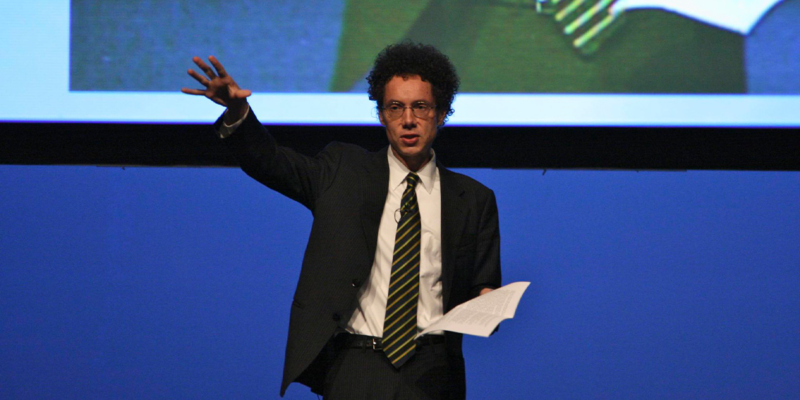Overworked Integration Teams

By Bob Romano
CRO, BBH Solutions, Inc.
Recently a story in rAVe AV News titled “Corporate Culture and the AVL Industry” by Anthony Coppedge caught my attention. I had a disconnect with his article, which seemed to say overworked integration teams (specifically in the AV ecosystem) was due to “cultural failures” of the organization. My belief is that is more often a sign that the process is broken. With that, here are few easy pinch points to look at so you can address this challenge.
Some reminders: Most integrators, certainly AV integrators, need to remember that they are fundamentally in the construction business and with it all the rules that help guide the most successful construction companies apply. Yes, poor leadership and culture can blow anything up — but if you consistently have overworked teams, other things require examination. Also note that beyond AV all of these same rules apply for integrators.
From my lens, understaffing in fact does appear all too common in AV ecosystem. Perhaps it is a byproduct of the terrible margins that most AV businesses continues to have. Perhaps owners are looking to squeeze current staff too far to save money? Of course that can that be fixed by not chasing bid work and starting to offer some value. Lowest price is not value –(unless it is) — and then you will discover sooner or later that it is not business you need. Accepting low margin bid work pulls your organization down, uses up valuable resources and when you actually get a design / build opportunity (at reasonable margins), the teams are busy doing low margin work. By the way, that condition is a good time to lose great relationship sales people. Find a differentiation and build a company that can command 28-40 percent margins. Yes, it is possible. Once you start making more money you can invest more back in the team. It is profit, not volume.
From the story:
“Issue #1 of telling it like it is,” the author wrote that “employees are feeling overwhelmed by poor time management and prioritization of current project workloads.”
Counterpoint — OK, this should not be blamed on culture — unless it is already very broken. Perhaps it is failure of sales managing the client expectations? Never promise more than you can deliver. It’s simple to say – but if you are not honest, you’re going to kill your team with never-ending overtime. You have an opportunity to fix this, but you have to fix your broken internal and (even more so) external kick-off meeting process first. Even with understaffing, you can only do what you can do — so tell the client the truth at the external kick off meeting. When other contractors push their schedule – your strong project managers need to push your schedule out also. This is all addressed as a condition in the original proposal.
“Issue #2” is that they’re “unable to sustain high levels of performance.” Reread counter point above and in addition, build a team and program of certificated subcontractors. Pay attention to them, grade them, pay them what they need and adjust your project costs during the presale cycle. Additionally, have a great presales forecast set of rules and manage it so you can better predict the ups and downs of staffing. Get the sales engineers to do a better job estimating and be sure your exceptions and work by others is very clear. One common boiler plate requirement is: “The AV integrator is in a dust free room and the client must provide a continuous work period once job starts.” You have to fix the trend that always seems to say “we are way over in hours” … get the estimate closer to actual.
Finally I see this topic more as a “Process Drift” correction than a “Cultural Drift” problem as I believe the author suggests. I would conclude that a better sales funnel forecast is vital to all of this. If a presales qualifying matrix is practiced, one can better predict workloads 30 to 60 or even 90 days in advance.
Culture comes from proper hiring, RESPECT, a ‘process’ that is managed daily and a value awareness of people’s time — away from work and while at work. Good culture starts and stops with the CEO and his C level team, they own it!
This column was republished with permission and originally appeared here. Masters of Communication is an independent group of experts in collaboration, communication and related technologies who blog regularly on LinkedIn and in other forums.
This article was written by Bob Romano and contains solely his own personal opinions. Romano has nearly four decades of experience providing C level leadership, sales process expertise, market branding and technology adaption.





